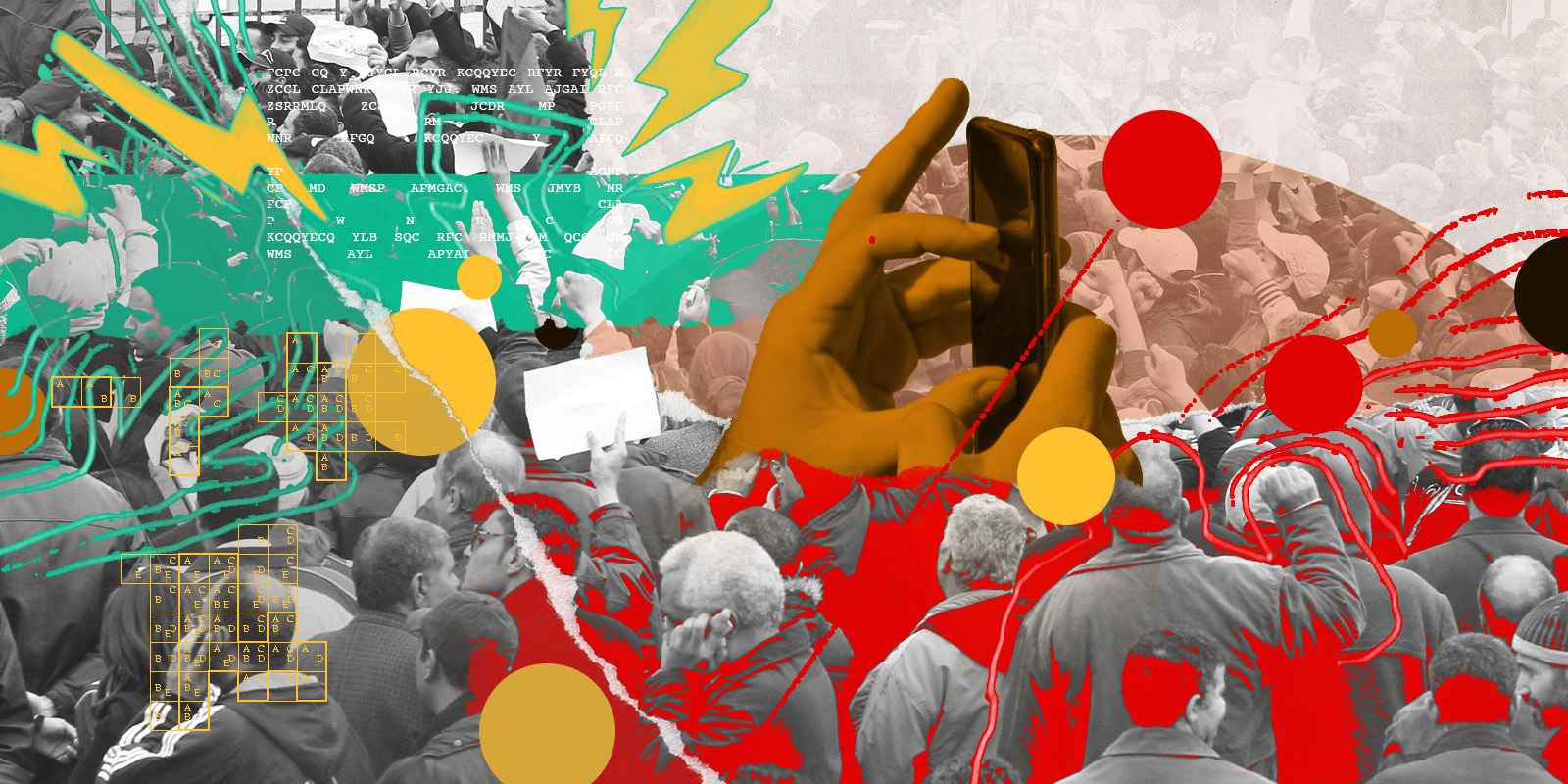The human right to protest is crucial because it is a gateway right — it onboards us to other rights. Even for those who have never participated in a protest, or ever plan to, many of the rights we enjoy today are the result of others in the past exercising their right to protest for those rights.
For example, it’s in large part because of the suffragette movement that women can vote today, and it is largely thanks to the sacrifices of the labor movement that many enjoy a 40-week workweek as a norm today. Contemporary history is signposted with protests that have enabled us to live the lives we currently live.
I recently gave a TEDx talk recalling some of these history-defining protests — an anti-nuclear war protest held in Sydney in the ‘80s, and the 2011 Arab Spring protests in Egypt. In it I explain why the right to peaceful protest matters, now more than ever. But also how it is at risk due to the advent of new technologies. I inquire whether the right to protest will survive its migration online.
As we all know, the world is becoming increasingly digital, and this transformation has only been accelerated by the COVID-19 pandemic. So, how does the right to peaceful protest change within this rapidly shifting digital context? What happens if the right itself does not survive digitalization?
Protests have begun to change in the digital age in two important ways. To start with, protests are now being organized in online environments (on TikTok, Facebook, Instagram, etc.). But it is not just the organizing of protests that has gone digital — the act of protesting itself has also moved online. And as protests move online, we need to ensure that the companies and governments are doing all that they can to protect this precious freedom to assemble together on the streets and online. This is set out in Article 20 of the Universal Declaration of Human Rights and it applies to all people.
Here are the most pressing issues threatening our right to protest, and this is what Access Now is doing to address them:
- Connectivity: only 60% of the world’s population is online, leaving the remaining 40% outside of the space in which to claim and exercise their rights, including the right to protest online. Part of our work as a digital rights organization is to bridge that digital divide — we recently made a guide helping low-income Americans access Emergency Broadband Benefits. Here is our global guide to connectivity and human rights, which calls for all to have meaningful access to the internet
- Internet shutdowns: last year alone, we reported 155 internet shutdowns, i.e. intentional disruptions of networks. We know that the main reason for shutting down the internet is to quell protests. You can check out our campaign #KeepItOn fighting internet shutdowns across the world.
- Surveillance: it is becoming commonplace for governments to register our biometrics at protests, and in doing so they are taking away our anonymity. Privacy is the bedrock of our democracy, and must be fought for at all costs. Our #WhyID and #BanBS campaigns are at the forefront of that fight. Also, check out our recent report on surveillance technology in Latin America.
If we accept the premise that the current contour of our society is based on the protests that have happened in the past, the question we need to ask ourselves is: what would our future society look like in the absence of protest today? Technology can be a tool to facilitate, enable, and coordinate protests, but if we are not careful, we risk losing our enjoyment of that right and in doing so, our future society ultimately will pay the price.
Watch the TEDx talk in full. Listen to the TEDx talk as a podcast.
